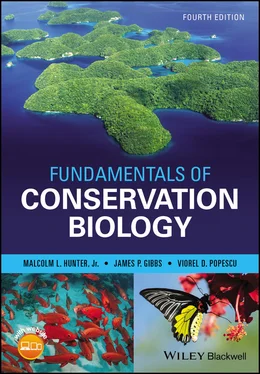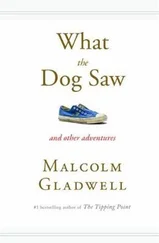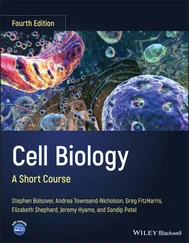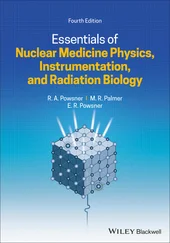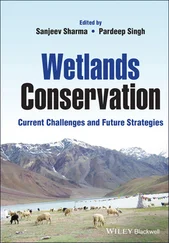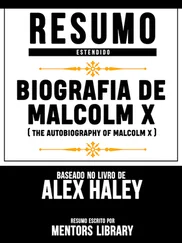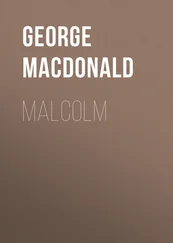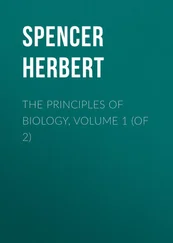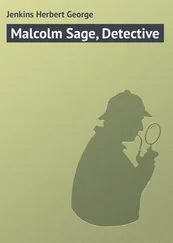614 608
615 609
616 610
617 611
618 612
619 613
620 614
621 615
622 616
623 617
624 618
625 619
626 620
627 621
628 622
629 623
630 624
631 625
632 626
633 627
634 628
635 629
636 630
637 631
638 632
639 633
640 634
641 635
642 636
643 637
644 638
645 639
646 640
647 641
648 642
649 643
650 644
651 645
652 646
653 647
654 648
655 649
656 650
657 651
658 652
659 653
660 654
661 655
For Aram J.K. Calhoun, who inspires us with her delight in the natural world and dedication to conservation.
For Kathleen E. (Cassie) and Harold C. Gibbs, who inspired many to know and care for life on Earth.
For Tavi B. Popescu, whose wonder about the natural world gives us optimism about the next generation of the Earth’s stewards.
Fundamentals of Conservation Biology
Fourth Edition
Malcolm L. Hunter, Jr.
University of Maine
Orono, USA
James P. Gibbs
State University of New York
College of Environmental Science and Forestry
Syracuse, USA
Viorel D. Popescu
Ohio University
Athens, USA

This fourth edition first published 2021
© 2021 John Wiley & Sons Ltd
Edition History First edition published 1995; second edition published 2002; third edition published 2007 by Blackwell Publishing Ltd.
All rights reserved. No part of this publication may be reproduced, stored in a retrieval system, or transmitted, in any form or by any means, electronic, mechanical, photocopying, recording or otherwise, except as permitted by law. Advice on how to obtain permission to reuse material from this title is available at http://www.wiley.com/go/permissions.
The right of Malcolm L. Hunter, Jr., James P. Gibbs and Viorel D. Popescu to be identified as the authors of this work has been asserted in accordance with law.
Registered Offices John Wiley & Sons, Inc., 111 River Street, Hoboken, NJ 07030, USA John Wiley & Sons Ltd, The Atrium, Southern Gate, Chichester, West Sussex, PO19 8SQ, UK
Editorial Office 9600 Garsington Road, Oxford, OX4 2DQ, UK
For details of our global editorial offices, customer services, and more information about Wiley products visit us at www.wiley.com.
Wiley also publishes its books in a variety of electronic formats and by print‐on‐demand. Some content that appears in standard print versions of this book may not be available in other formats.
Limit of Liability/Disclaimer of Warranty While the publisher and authors have used their best efforts in preparing this work, they make no representations or warranties with respect to the accuracy or completeness of the contents of this work and specifically disclaim all warranties, including without limitation any implied warranties of merchantability or fitness for a particular purpose. No warranty may be created or extended by sales representatives, written sales materials or promotional statements for this work. The fact that an organization, website, or product is referred to in this work as a citation and/or potential source of further information does not mean that the publisher and authors endorse the information or services the organization, website, or product may provide or recommendations it may make. This work is sold with the understanding that the publisher is not engaged in rendering professional services. The advice and strategies contained herein may not be suitable for your situation. You should consult with a specialist where appropriate. Further, readers should be aware that websites listed in this work may have changed or disappeared between when this work was written and when it is read. Neither the publisher nor authors shall be liable for any loss of profit or any other commercial damages, including but not limited to special, incidental, consequential, or other damages.
Library of Congress Cataloging‐in‐Publication Data
Names: Hunter, Malcolm L., author. | Gibbs, James P., author. | Popescu, Viorel D., author.
Title: Fundamentals of conservation biology / Malcolm L. Hunter, Jr., University of Maine, Orono, USA, James P. Gibbs, State University of New York, College of Environmental Science and Forestry, Syracuse, USA, Viorel D. Popescu, Ohio University Athens, USA.
Description: Fourth edition. | Hoboken : Wiley, Blackwell, 2021.
Identifiers: LCCN 2020029682 (print) | LCCN 2020029683 (ebook) | ISBN 9781119144168 (cloth) | ISBN 9781119144182 (adobe pdf) | ISBN 9781119144175 (epub)
Subjects: LCSH: Conservation biology. | Natural resources–Management. | Biodiversity conservation.
Classification: LCC QH75 .H84 2021 (print) | LCC QH75 (ebook) | DDC 333.95/16–dc23
LC record available at https://lccn.loc.gov/2020029682LC ebook record available at https://lccn.loc.gov/2020029683
Cover Design: Wiley
Cover Images: Palau Ngerukewid Reserve © Patrick L. Colin, Fish © Steve Lindfield, Butterfly © Naren Wagle / EyeEm / Getty Images
1.1 Return of the Tortoises to Española Island
2.1 Clear Lake
3.1 The Neem Tree
4.1 Mangrove Swamps
5.1 Giant Galápagos Tortoises
6.1 The Cretaceous–Tertiary Extinctions
6.2 The Permian Extinctions
7.1 The Eastern Barred Bandicoot
8.1 Oil Palm Plantations
8.2 Madagascar
9.1 The Gulf of Maine: A Laboratory for Overexploitation
10.1 Exotics in New Zealand
10.2 Invasive Lionfish
11.1 Implementing Gap Analyses: A Case Study in Vietnam
12.1 Forests of the Pacific Northwest
12.2 Penobscot River Restoration
13.1 The Black Robin
13.2 Resurrection of the Lord Howe Island Phasmid
15.1 The Bahama Parrot
16.1 Ecosystem Services as a Tool for Conservation Decision‐making in Coastal Belize
11:15 P.M. 20 June 1990 I’m not used to being this hot so late at night. I don’t know the sounds coming through the window … crickets? … frogs? … a wheezing air‐conditioning system? I don’t know what to do.
I’m in a dorm at the University of Florida; the fourth meeting of the Society for Conservation Biology has just ended; I’m sifting through various conversations of the last 4 days. I wonder if I should postpone my plans to write a sequel to my book on managing forests for biodiversity – a sequel that would focus specifically on tropical forests. At the meeting I’ve discovered that professors are using my book for a much broader range of conservation courses than I ever anticipated and that tells me that there is a niche to be filled.
Apparently various multiauthored books on conservation biology topics are not filling the need for a basic text. Perhaps I should add a brick to the foundation of the discipline before pursuing a more specific project. Now if I can rough out an outline before I get too sleepy …
27 August 1993 Over 3 years later and I have just finished the first draft. Actually the writing went reasonably quickly (I did not begin in earnest until May of 1992) because I chose a sort of stream‐of‐consciousness approach in which I wrote only what I knew or thought I knew. Now I look forward to spending the next several months combing the literature, correcting, refining, and updating this draft. It might seem that this approach would make it easier to convey my original thinking about conservation biology as opposed to reporting on everyone else’s thinking. Perhaps so, but I claim no truly original thoughts. I tend to think each person is no more than a unique melting pot for a vast community of ideas.
Читать дальше
